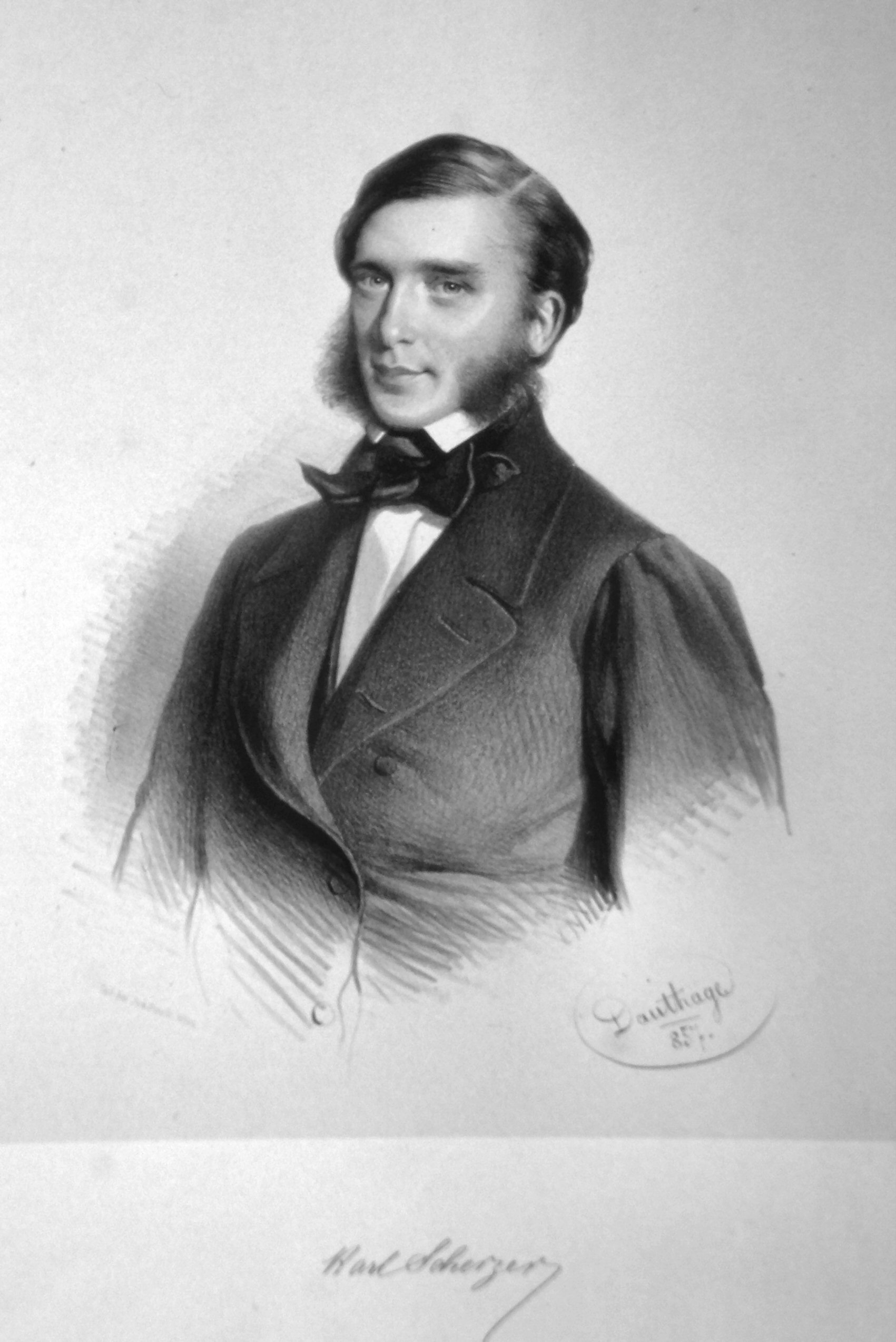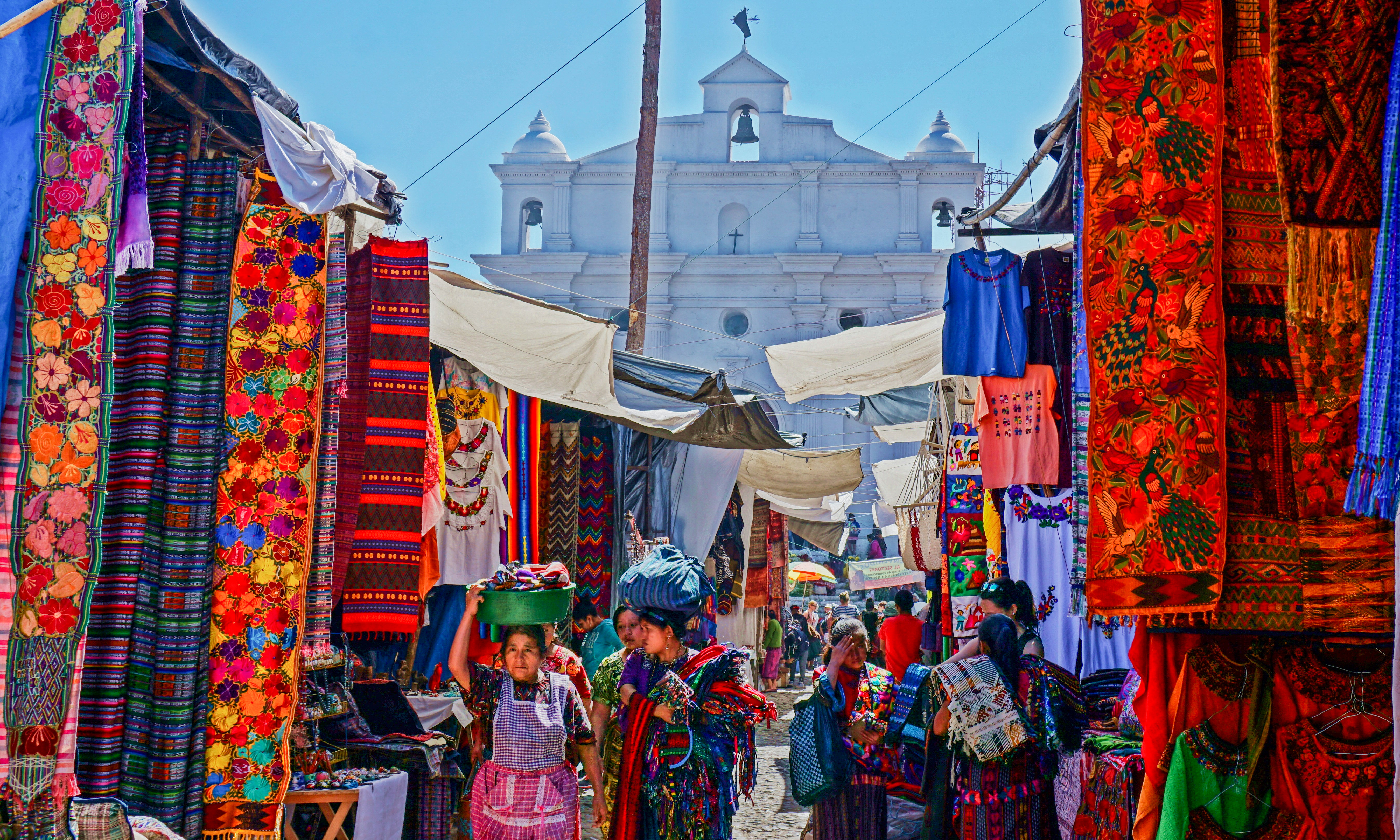|
Popol Wuj
''Popol Vuh'' (also ''Popul Vuh'' or ''Pop Vuj'') is a text recounting the mythology and history of the Kʼicheʼ people of Guatemala, one of the Maya peoples who also inhabit the Mexican states of Chiapas, Campeche, Yucatan and Quintana Roo, as well as areas of Belize, Honduras and El Salvador. The ''Popol Vuh'' is a foundational sacred narrative of the Kʼich'eʼ people from long before the Spanish conquest of the Maya. It includes the Mayan creation myth, the exploits of the Hero Twins Hunahpú and Xbalanqué, and a chronicle of the Kʼicheʼ people. The name "''Popol Vuh''" translates as "Book of the Community" or "Book of Counsel" (literally "Book that pertains to the mat", since a woven mat was used as a royal throne in ancient Kʼicheʼ society and symbolised the unity of the community). It was originally preserved through oral tradition until approximately 1550, when it was recorded in writing. The documentation of the ''Popol Vuh'' is credited to the 18th-century Spa ... [...More Info...] [...Related Items...] OR: [Wikipedia] [Google] [Baidu] |
Chilam Balam
The Books of Chilam Balam () are handwritten, chiefly 17th and 18th-centuries Maya miscellanies, named after the small Yucatec towns where they were originally kept, and preserving important traditional knowledge in which indigenous Maya and early Spanish traditions have coalesced. They compile knowledge on history, prophecy, religion, ritual, literature, the calendar, astronomy, and medicine. Written in the Yucatec Maya language and using the Latin alphabet, the manuscripts are attributed to a legendary author called Chilam Balam, a ''chilam'' being a priest who gives prophecies and ''balam'' a common surname meaning ʼjaguarʼ. ''Chilam'' Balam was notable for correctly predicting the coming of the Spaniards to Yucatán. Nine Books of Chilam Balam are known, most importantly those from Chumayel, Maní, and Tizimín, but more have existed. Both language and content show that parts of the books date back to the time of the Spanish conquest of the Yucatec kingdoms (1527–15 ... [...More Info...] [...Related Items...] OR: [Wikipedia] [Google] [Baidu] |
Juan Gavarrete
''Juan'' is a given name, the Spanish and Manx versions of ''John''. The name is of Hebrew origin and has the meaning "God has been gracious." It is very common in Spain and in other Spanish-speaking countries around the world and in the Philippines, and also in the Isle of Man (pronounced differently). The name is becoming popular around the world and can be pronounced differently according that region. In Spanish, the diminutive form (equivalent to ''Johnny'') is , with feminine form (comparable to ''Jane'', ''Joan'', or ''Joanna'') , and feminine diminutive (equivalent to ''Janet'', ''Janey'', ''Joanie'', etc.). Chinese terms * ( or 娟, 隽) 'beautiful, graceful' is a common given name for Chinese women. * () The Chinese character 卷, which in Mandarin is almost homophonic with the characters for the female name, is a division of a traditional Chinese manuscript or book and can be translated as 'fascicle', 'scroll', 'chapter', or 'volume'. Notable people * Juan (foo ... [...More Info...] [...Related Items...] OR: [Wikipedia] [Google] [Baidu] |
Guatemala City
Guatemala City (, also known colloquially by the nickname Guate), is the Capital city, national capital and largest city of the Guatemala, Republic of Guatemala. It is also the Municipalities of Guatemala, municipal capital of the Guatemala Department and the most populous urban metropolitan area in Central America. The city is located in a mountain valley called Valle de la Ermita () in the south-central part of the country. Guatemala City is the site of the native Maya civilization, Mayan city of Kaminaljuyu in Mesoamerica, which was occupied primarily between 1500 BCE and 1200 CE. The present city was founded by the Spanish after their colonial capital, now called Antigua Guatemala, was destroyed by the devastating 1773 Guatemala earthquake, 1773 Santa Marta earthquake and its aftershocks. It became the third royal capital of the surrounding Captaincy General of Guatemala; which itself was part of the larger Viceroyalty of New Spain in imperial Spanish America and remained und ... [...More Info...] [...Related Items...] OR: [Wikipedia] [Google] [Baidu] |
Carl Scherzer
Karl Ritter von Scherzer (sometimes written Carl; 1 May 1821 in Vienna – 19 February 1903 in Görz) was an Austrian explorer, diplomat and natural scientist. Biography He began his working life as a printer. After inheriting a fortune, Scherzer was able to travel extensively. He took an active part in the 1848 revolution and was exiled to Italy in 1850. Here Scherzer became friends with German explorer and naturalist Moritz Wagner; together the men travelled through North and Central America and the West Indies (1852–1855). After returning to Vienna, Scherzer, with the support of Archduke Maximilian, became a member of a scientific expedition traveling via the frigate ''Novara'' around the world. From that expedition he brought back enough coca leaves that Albert Niemann subsequently isolated cocaine. After returning in 1859, Scherzer was appointed as a councillor of the board of trade, held an office in the bureau of foreign relations, and was tasked with compiling ... [...More Info...] [...Related Items...] OR: [Wikipedia] [Google] [Baidu] |
Moritz Wagner (naturalist)
Moritz Wagner (Bayreuth, 3 October 1813 – Munich, 31 May 1887) was a German explorer, collector, geographer and natural historian. Wagner devoted three years (1836–1839) to the exploration of Algiers: it was here that he made important observations in natural history, which he later supplemented and developed: that geographical isolation could play a key role in speciation. From 1852 to 1855, together with Carl Scherzer, Wagner travelled through North and Central America and the Caribbean. In May 1843, Wagner toured the Lake Sevan region of Armenia with Armenian writer Khachatur Abovian. He committed suicide in Munich, aged 73. His brother Rudolf was a physiologist and anatomist. Wagner's significance in evolutionary biology Wagner's early career was as a geographer, and he published a number of geographical books about North Africa, the Middle East, and Tropical America. He was also a keen naturalist and collector, and it is for this work he is best known among biologis ... [...More Info...] [...Related Items...] OR: [Wikipedia] [Google] [Baidu] |
Universidad De San Carlos De Guatemala
The Universidad de San Carlos de Guatemala (USAC, ''University of San Carlos of Guatemala'') is the largest and oldest university of Guatemala; it is also the fourth founded in the Americas. Established in the Kingdom of Guatemala during the Spanish colony, it was the only university in Guatemala until 1954,In 1954 a coup led by the National Liberation Movement which was sponsored by the United Fruit Company and coordinated by CIA and State Department American operatives who had links with the US company triumphed . although it continues to hold distinction as the only public university in the entire country. The university grew out of the Colegio de Santo Tomás de Aquino (Saint Thomas Aquinas High School), founded in 1562 by Bishop Francisco Marroquín. After a series of 1773 Guatemala earthquake, major earthquakes in 1773, which destroyed many parts of the city of Santiago de los Caballeros, the crown authorities ordered the evacuation of the city and the relocation of its gov ... [...More Info...] [...Related Items...] OR: [Wikipedia] [Google] [Baidu] |
Francisco Morazán
José Francisco Morazán Quesada (; born October 3, 1792 – September 15, 1842) was a liberal Central American politician and general who served as president of the Federal Republic of Central America from 1830 to 1839. Before he was president of Central America he was the head of state of Honduras.Biography of Francisco Morazán latinamericanhistory, By Christopher Minster, About.com Guide, October 6, 2009. Retrieved January 17, 2010. He rose to prominence at the Battle of La Trinidad on November 11, 1827. Morazán then dominated the political and military scene of Central America until his execution in 1842. In the political arena, Francisco Morazán wa ... [...More Info...] [...Related Items...] OR: [Wikipedia] [Google] [Baidu] |
Parra Letter
Parra (Hebrew: ''גפן'') is a Spanish, Portuguese, and also Jewish surname, meaning grapevine or trellis, for example, a pergola. It is taken from the word meaning latticework and the vines raised on it. In Hebrew context the surname is used for Jewish people whose ancestors were wine makers as "Parra" (גפן "Geffen") is the Hebrew word in Spanish for vitis. Etymology and history Among Sephardi Jews, the surname is a toponymic from the town of La Parra, Badajoz in Spain, where there was a large Jewish community before their expulsion from the Crowns of Castile and Aragon by the Alhambra Decree in 1492. Many descendants with the surname, some of them ''converso'', went into exile in Portugal and the Netherlands, especially in Amsterdam. In Spain, numerous conversions took place, which is why the surname appears on the lists of the Catholic Church and the Inquisition. It is believed that the origin of the surname lies in the symbolism of the vine and the grapevine, which f ... [...More Info...] [...Related Items...] OR: [Wikipedia] [Google] [Baidu] |
Latin Alphabet
The Latin alphabet, also known as the Roman alphabet, is the collection of letters originally used by the Ancient Rome, ancient Romans to write the Latin language. Largely unaltered except several letters splitting—i.e. from , and from —additions such as , and extensions such as letters with diacritics, it forms the Latin script that is used to write most languages of modern Languages of Europe, Europe, languages of Africa, Africa, languages of the Americas, the Americas, and Languages of Oceania, Oceania. Its basic modern inventory is standardized as the ISO basic Latin alphabet. Etymology The term ''Latin alphabet'' may refer to either the alphabet used to write Latin (as described in this article) or other alphabets based on the Latin script, which is the basic set of letters common to the various alphabets descended from the classical Latin alphabet, such as the English alphabet. These Latin-script alphabets may discard letters, like the Rotokas alphabet, or add new ... [...More Info...] [...Related Items...] OR: [Wikipedia] [Google] [Baidu] |
Spanish Language
Spanish () or Castilian () is a Romance languages, Romance language of the Indo-European languages, Indo-European language family that evolved from the Vulgar Latin spoken on the Iberian Peninsula of Europe. Today, it is a world language, global language with 483 million native speakers, mainly in the Americas and Spain, and about 558 million speakers total, including second-language speakers. Spanish is the official language of List of countries where Spanish is an official language, 20 countries, as well as one of the Official languages of the United Nations, six official languages of the United Nations. Spanish is the world's list of languages by number of native speakers, second-most spoken native language after Mandarin Chinese; the world's list of languages by total number of speakers, fourth-most spoken language overall after English language, English, Mandarin Chinese, and Hindustani language, Hindustani (Hindi-Urdu); and the world's most widely spoken Romance language ... [...More Info...] [...Related Items...] OR: [Wikipedia] [Google] [Baidu] |
Chichicastenango
Chichicastenango, also known as Santo Tomás Chichicastenango, is a town, with a population of 71,394 (2018 census), and the municipal seat for the surrounding municipality of the same name in the El Quiché department of Guatemala. It is located in a mountainous region about northwest of Guatemala City, at an altitude of 1,965 m (6,447 ft). The Spanish conquistadors gave the town its name from the Nahuatl name used by their allied soldiers from Tlaxcala: Tzitzicaztenanco, or ''City of Nettles''. Its original name was ''Chaviar''. Chichicastenango is a K'iche' Maya cultural centre. According to the 2012 census, 98.5% of the municipality's population is indigenous Mayan K'iche. Of the population, 21% speak only K'iche, 71% speak both K'iche and Spanish, and the remaining 8% speak only Spanish. Market Chichicastenango hosts market days on Thursdays and Sundays where vendors sell handicrafts, food, flowers, pottery, wooden boxes, condiments, medicinal plants, candles, pom ... [...More Info...] [...Related Items...] OR: [Wikipedia] [Google] [Baidu] |








